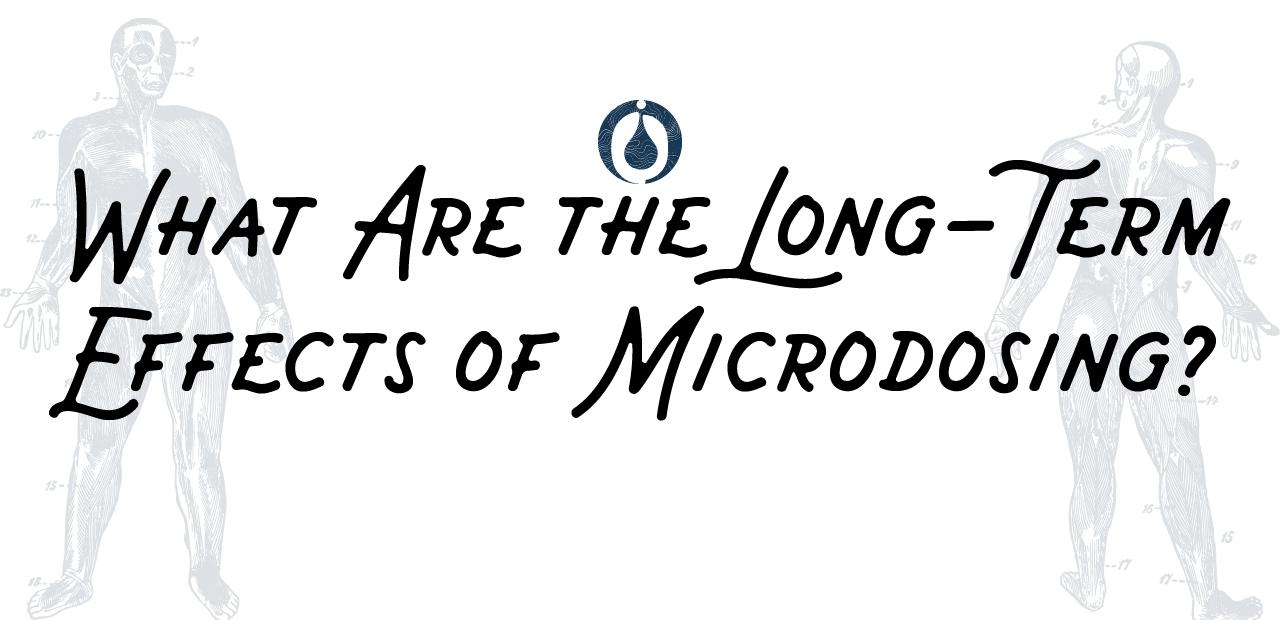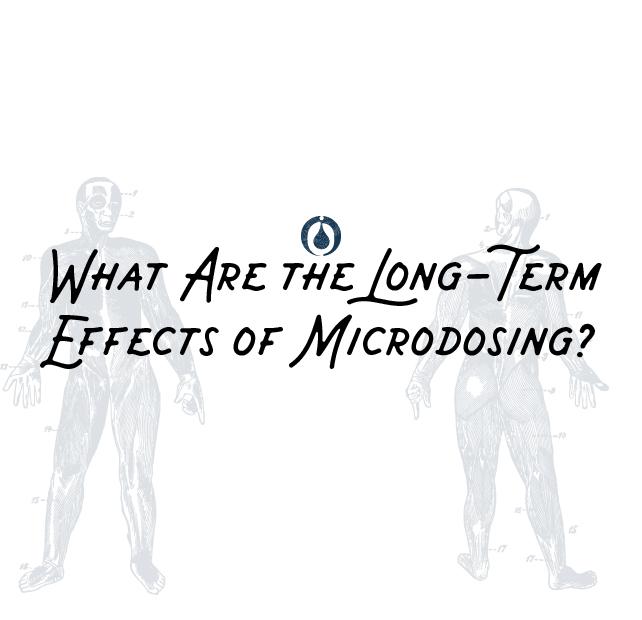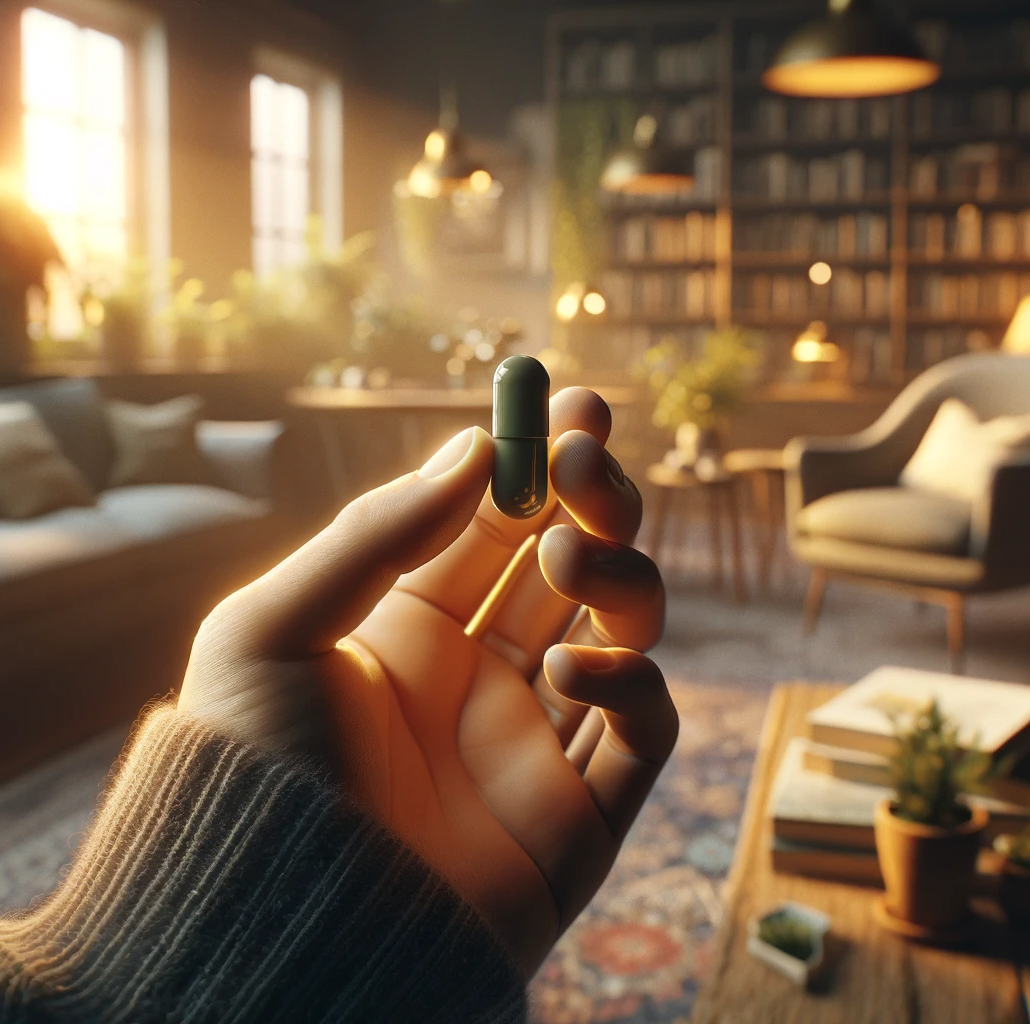

Understanding the Long-Term Mystery
Microdosing has been praised for its potential to improve mood, sharpen focus, and boost creativity. But as with any new practice, it’s natural to ask: “What are the long-term effects?” The truth is, we don’t have a complete answer yet. Research into the extended use of microdosing is still in its early stages. Most of what we know comes from personal accounts and short-term studies, which provide valuable insights but leave room for uncertainty.
Anecdotal evidence suggests that many people experience lasting benefits, such as enhanced emotional balance, better stress management, and a greater sense of well-being. While these stories are encouraging, they don’t provide the full scientific picture.
The Potential Benefits Over Time
For many, consistent microdosing seems to offer tangible improvements. Individuals report feeling more in control of their emotions, with reduced anxiety and depression. They describe an ability to maintain focus and approach life’s challenges with a clear and creative mindset. Over time, these effects can lead to a greater sense of balance and resilience.
However, it’s important to note that everyone’s experience is unique. What works for one person might not work for another, and the benefits can depend on factors like dosage, frequency, and personal goals.
The Risks to Consider
While microdosing has its advocates, it’s not without potential risks. Some users report building a tolerance over time, meaning they need higher doses to achieve the same effects—a trend that can become problematic. Others experience mental fatigue or burnout after extended microdosing without taking breaks.
And then there’s the unknown. Without comprehensive long-term studies, it’s difficult to predict whether any hidden health concerns might emerge after years of microdosing.
The Importance of Taking Breaks
Experienced microdosers often emphasize the importance of taking regular breaks. Following a structured schedule—such as including off-days or off-weeks—helps reset your system, prevents tolerance buildup, and gives your body and mind time to rest. These pauses also allow you to evaluate how microdosing is working for you and whether it continues to meet your needs.
Final Thoughts: Should You Be Concerned?
While we’re still uncovering the long-term effects of microdosing, anecdotal evidence suggests that many people benefit from it when approached mindfully. However, it’s not a one-size-fits-all solution. Microdosing is a tool, not a cure-all, and it’s crucial to stay informed, take breaks, and pay close attention to how your body responds.
If you’re considering a long-term microdosing practice, remember to prioritize balance and self-awareness. Educate yourself, listen to your body, and take time to rest when needed. At Medicine Box, we’re here to provide guidance and support, helping you navigate your journey with confidence.
Your Next Step
Curious to explore more about the benefits and considerations of microdosing? Join our Skool community, where you can connect with others on the same path. Share experiences, ask questions, and learn from those who have already embraced the practice. Together, we can help you make microdosing a safe and enriching part of your wellness journey.
CHECK OUT OUR MOST POPULAR CONTENT








